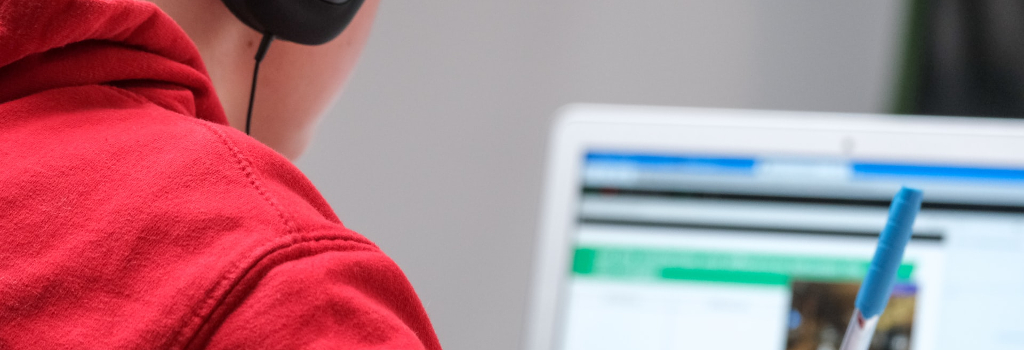
With the majority of the global school population moving to distance and remote learning for the the last twelve months, technology and innovation in the education sector has had to step up to make remote learning possible.
In January 2020, before the true magnitude of the coronavirus pandemic was known, Forbes forecast that EdTech would disrupt the education sector – with IoT enabled devises boosting data analytics and mixed reality tools to offer different learning environments to further engage students. But we didn’t quite realize at this point just how much the education sector would be disrupted.
Now that the world has a year’s worth of remote learning experience, how has the EdTech sector changed during the pandemic? And what does the future look like for the industry? Here’s what the experts think:
- Remote learning has magnified the digital divide
Remote learning has not been easy for families, especially those with limited access to digital devices. Globally, at least one third of children are unable to access remote learning. In the UK, it is estimated that that 2 million children in the UK don’t have access to remote learning. In the US, 4.4 million households with school-aged children do not have access to devises, with a further not having regular internet connection. Donation services were set up to ensure children had devices to learn on and the BBC and BT waivered data charges for learning sites – but democratizing access to technology needs to be a priority to ensure everyone has access to EdTech tools.
- Turning up doesn’t mean tuned in
Targeting student engagement has been a task during remote learning, as simply attending a zoom lecture or lesson doesn’t necessarily mean students are engaging in the lesson – or learning anything. Apps to track engagement have boomed such as Signalz, which uses predictive analytics to track engagement and improve student success, and Piazza that lets teachers send personalized messages to students and monitor assignments.
- The tech may be advanced, but is the infrastructure?
As with every other industry, those who were already up to speed with their tech innovations found the transition to remote learning much easier than those without the existing infrastructure. To prepare for a more digital future, having a sophisticated and robust digital infrastructure is crucial. And if hybrid learning really is the future, cloud adoption in schools will be too.
- Higher Education embraces the virtual dimension
Although the Open University has been championing remote Higher Education for decades, the shift to remote working in the higher education sector was still a struggle for many institutions, and UK universities are being told to refund students for the drop in learning quality. Technology is now at the top of the agenda for leaders in the sector. Among the trends for the future of EdTech in Higher Education are Advanced Learning Systems and remote exams, but extended reality really has the ability to change the way people learn. From virtual campus tours to personalized learning experiences, this technology will be substantial in the coming years.
- The impact of how the technology is implemented in the classroom must be taken into account
A recent article by McKinsey found that the impact EdTech tools actually have on education methods is heavily dependent on how they are implemented. They found that the type of device, the geography, who is using the technology, whether students use technology intensely or moderately, as well as the school system’s current performance, all have an impact on learning. The findings will need to be taken into consideration as some students begin to emerge from remote learning and go back to the classrooms.
- The future must not just replicate the physical classroom – it must build a new experience
Although many tools have enabled students to get the classroom experience while at home, the most successful EdTech vendors in the future will be those who can provide an alternative classroom experience. Instead of replicating the classroom, EdTech innovators need to completely reimagine it. And with the EdTech market set to grow at a rate of 18.1 percent per year until 2027, there is opportunity for innovators to capitalize.
We’re almost a year on from the start of remote learning and there many lessons to take from the experience for both educators and EdTech vendors. But it’s how these lessons are applied in the coming years that will really shape the future of EdTech.
Eleanor Rhodes is a PR Account Executive at IBA International.

Leave a comment